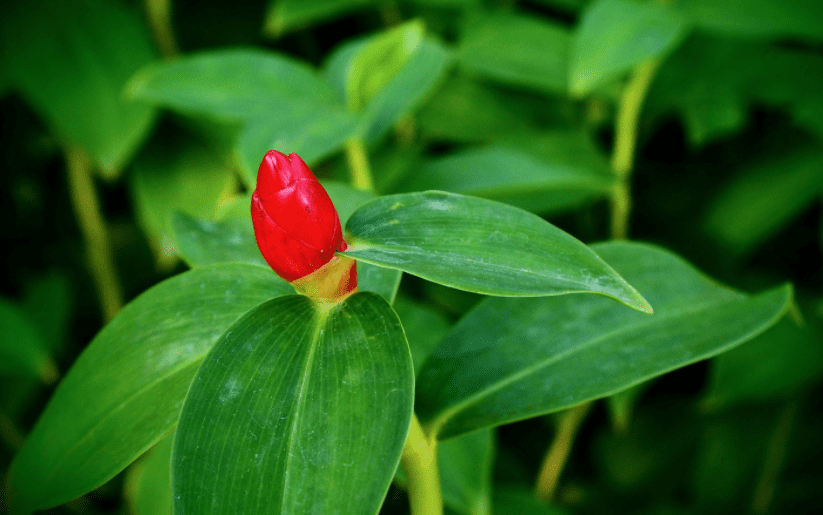
Wild Ginger
Not every plant needs to be a show-off to qualify as a valuable addition to your garden: European wild ginger (Asarum europaeum) will go about carpeting bare soil in damp shady spots without needing it coddling.
It grows cream-splashed hostas (try ‘Fire And Ice’), snowdrops, and delicate Japanese-painted ferns through the wild ginger’s evergreen, glossy, ground-hugging (height 15cm) leaves. It would look good surrounding a clump of the large, palmate leaves of moisture-loving rodgersias, too.
This plant needs moisture, and indeed it does, but it will brook slightly drier conditions – you won’t get the same growth rate. Think “forest floor” regarding the soil type – humus-rich and at least partially shady.
Any drawbacks? It throws out dark purple flowers in March and April, but you’ll have to hunt under the leaves to find them. Although the roots may have a whiff of ginger, this isn’t an edible plant.
In centuries gone by, herbalists valued this plant as a cure for snake bites and as an ingredient of snuff, but don’t try that at home.
Buy it: Get one plant for 6.99 USD on Amazon
Wild Ginger Details
- Name: European wild ginger, Asarum europaeum.
- Season: An evergreen ground cover that shines throughout the year.
- Description: This neat little plant is perhaps better known as a wildflower than a garden plant. Showing a fine texture, it hugs the ground, growing to a height of about 6 inches. The small, glossy, dark green leaves are round to kidney shape and grow up to 4 inches wide. Small brown flowers are produced in the spring, but they are hidden by the foliage.
- The plants grow slowly and spread when underground rhizomes form colonies.
- The rhizomes taste like ginger, which is how the plant got its name.
- Planting instructions: Nurseries and garden centers offer potted plants. The soil should be enriched with generous amounts of organic matter. Apply a fertilizer high in phosphorus to get the plants off to a fast start. Plant early in the spring.
- Uses: This small creeping ground cover is ideally suited for woodland gardens. It will also do well in wildflower and perennial gardens that are heavily shaded or in dappled sunlight, where a carpet of glossy green is needed.
- General culture: Select shady planting sites with moist, well-drained soil with plenty of organic matter to encourage root growth. Harsh winters without snow cover will cause foliage injury. In the spring, prune away brown and damaged leaves. Unlike many spring wildflowers, this one will not disappear during the heat of the summer.


























